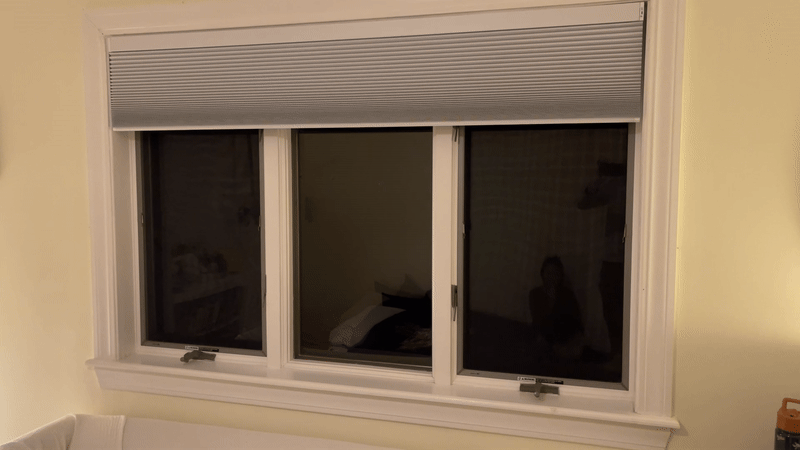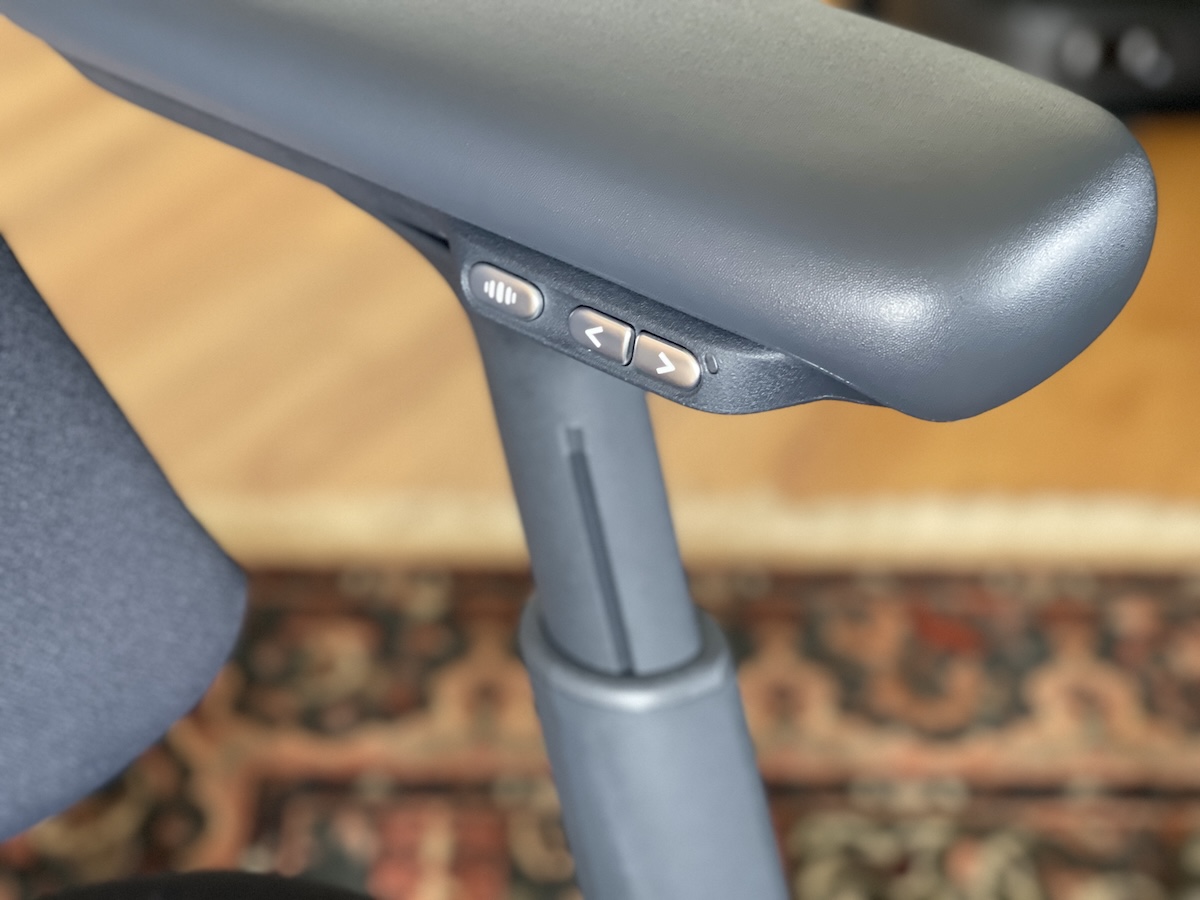Harvard University researchers announced today a breakthrough in brain mapping technology, successfully recording over 70,000 synaptic connections between 2,000 rat neurons using an advanced microchip, marking the largest-ever detailed map of neural connections.
Why it matters: The achievement changes how scientists can study brain connectivity, enabling unprecedented insights into neural networks that could transform our understanding of learning, memory, and neurological disorders.
Technical Innovation: The research team developed a sophisticated CMOS chip that introduces several groundbreaking capabilities:
- 4,096 microhole electrodes on a single chip
- 90% successful neuron coupling rate
- Real-time signal strength measurement
Scientific Impact: The new technology represents a dramatic improvement over previous methods:
- 200 times more connections mapped than previous record
- More accurate than electron microscopy for signal measurement
- Easier fabrication compared to traditional methods
Professor Donhee Ham, who led the research team, explains that one of their biggest challenges came after the successful recording: “We have since come a long way to gain insight into synaptic connections from them. We are now working toward a newer design that can be deployed in a live brain.”, Ham said.
The microhole electrode array improves upon the team’s 2020 breakthrough, which could only map about 300 connections. The new design not only couples better with neurons but is also significantly easier to manufacture, making it more practical for widespread research use.
This advancement brings scientists closer to understanding how the human brain’s 86 billion neurons, with their estimated 30 trillion connections, work together to create consciousness, memory, and thought. While mapping 70,000 connections represents just a tiny fraction of the human brain’s complexity, it provides an unprecedented window into neural network operation.
Looking ahead, the team is developing versions of the technology that could work in living brains, potentially revolutionizing our understanding of neurological conditions and accelerating the development of new treatments.




























